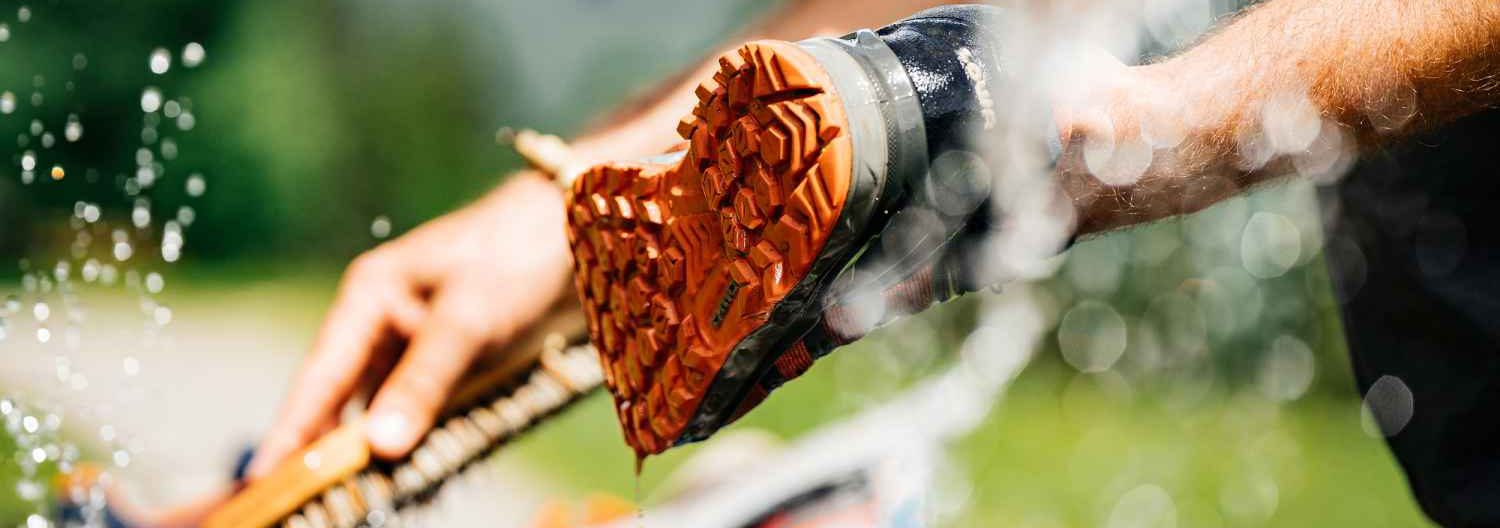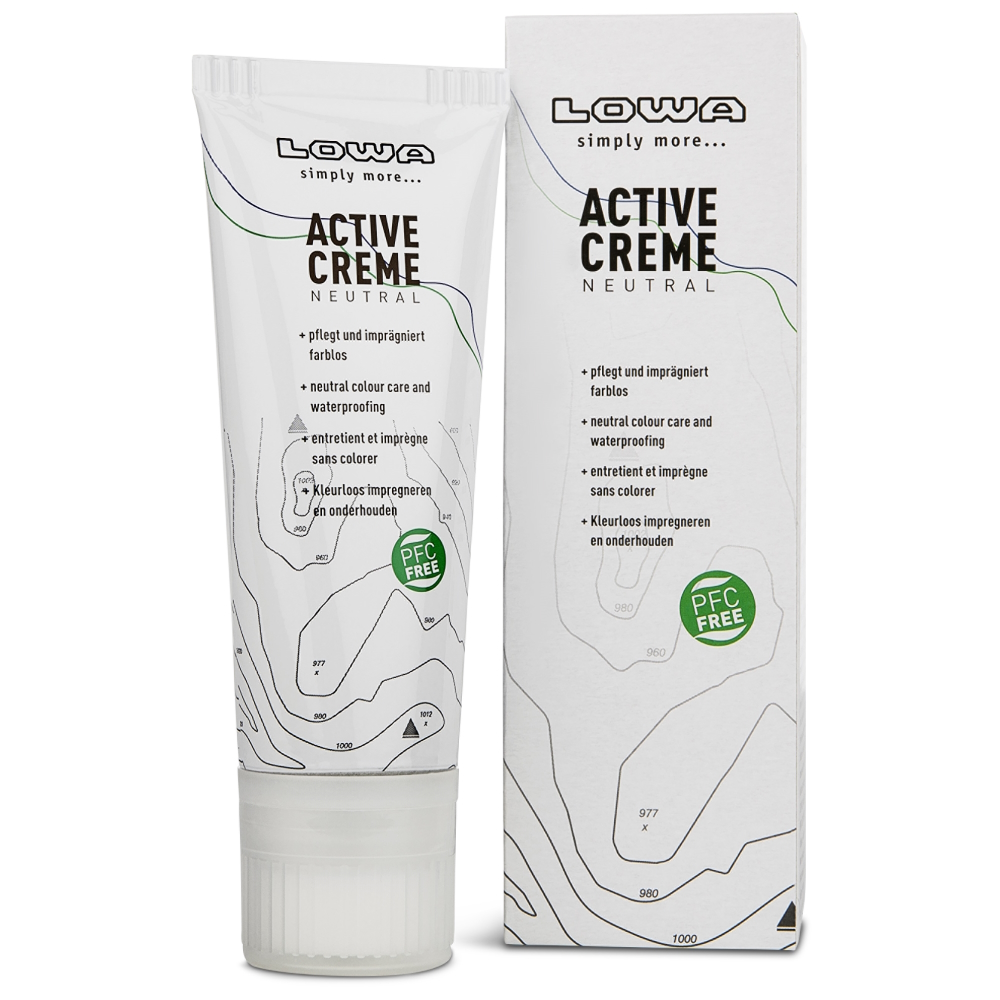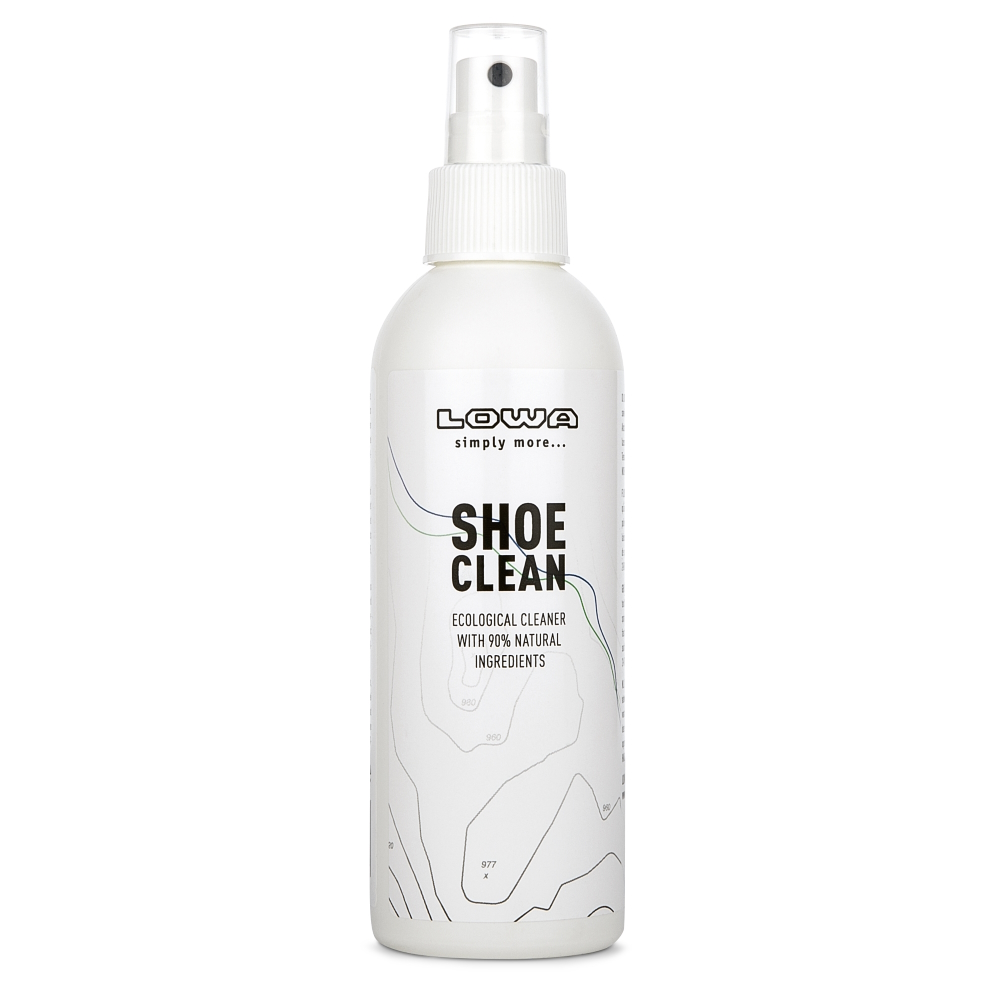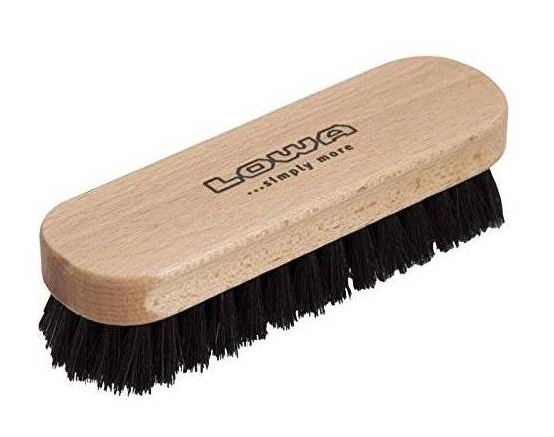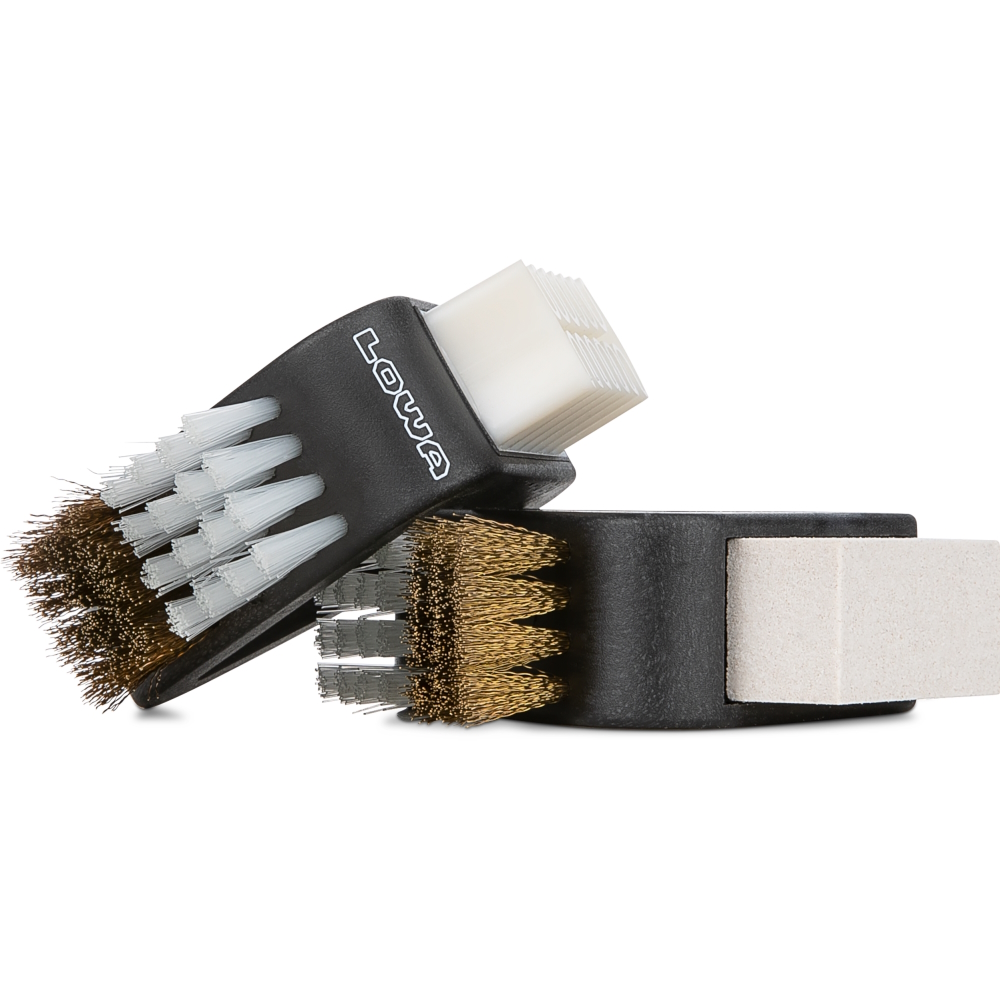Additional care tips
GORE-TEX linings require no special care, but they can be cleaned occasionally with lukewarm water and a gentle soap solution. Also, please regularly clean and condition the leather on GORE-TEX boots as the GORE-TEX membrane will lose its effectiveness if you do not keep the leather uppers in good condition. It is not enough to apply waterproofing or shoe-care spray to intensively used GORE-TEX shoes!
Never wash leather shoes or boots in the washing machine. The mechanics of the wash cycle along with the high temperatures can wash out leather pigments, damage the upper materials, and loosen cementing, which will irreparably destroy the boot.
If you sweat profusely, a special leather-care lotion should be applied from time to time to leather linings because the salty sweat produced by your feet can dry out the leather, making it brittle and hard.
With nubuck or suede leather, the surface may become darker after the application of a shoe wax, but it can be brushed out again with a wire brush. However, the original look won’t be totally restored. In order to avoid a change in the appearance, a liquid shoe care product can be used. Smooth leather and waxed leather are easier to care for and are more highly resistant to water and dirt.
Even textiles used in your boots should be regularly impregnated to improve their ability to withstand water absorption or the adherence of dirt.
Boots should be thoroughly aired out and dried after every use. Take out the footbed and open the lacing wide to accomplish this. Don’t forget this step on multi-day treks. Never allow boots to dry next to the heater or near an oven, under the car’s windscreen, or in the car’s boot. Wet leather “burns“ very easily, i.e. it becomes brittle, cracked and contracts. This can often result in irreparable fissures in the leather where it creases during walking. Even hooks and rivets can be pulled askew during the process.
Acids, petrol and manure impact the outsole materials and cements particularly hard. A degradation process can begin that can destroy your LOWA boots. Try to avoid contact with these substances, and be sure to thoroughly clean your boots if you do come in contact with these substances.


